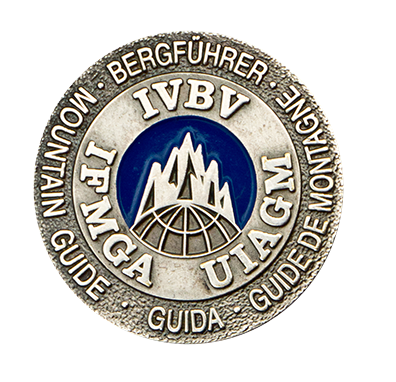In many regions the avalanche danger hovers at moderate and considerable for most of the winter. This is where the most fatalities occur and where the most uncertainty lies. Plus, anytime we enter a remote region we start with a danger rating of considerable. So where can we ski during moderate and considerable danger and keep risk low?
In a nutshell, I avoid avalanche terrain during considerable danger. In moderate danger, it depends on the avalanche problem. If there is potential for large avalanches that could kill me I avoid avalanche terrain. Here is a more complicated answer:
First, for the simple answer. Use the Trip Planner from Avalanche Canada to relate avalanche danger to an ATES terrain rating. According to the Trip Planner, at moderate danger stay on simple and challenging terrain for normal caution. At considerable danger stay on simple terrain for normal caution. Accidents are infrequent at normal caution, green zone.
The Trip Planner portion of the Avaluator from Avalanche Canada.
Avalanche terrain includes slopes over 30 degrees, or challenging and higher on the Avalanche Terrain Exposure Scale.
Another answer for where to ski in moderate and considerable is to look at the size and distribution of avalanches within the forecast danger rating. Not all moderates are the same, nor are all considerables the same.
Moderate danger is defined as “small avalanches in specific areas; or large avalanches in isolated areas.” Considerable danger is defined as “small avalanches in many areas; or large avalanches in specific areas; or very large avalanches in isolated areas.” It’s wise to avoid avalanche terrain if there is potential for large avalanches. Large avalanches can be deadly even without terrain traps.
The North American Public Avalanche Danger Scale.
An example from the Chugach Avalanche Center forecast for Turnagain Pass for December 30, 2023. The size of these glide avalanches is large to very large. Stay away from avalanche terrain where there is potential for these large avalanches.
The more advanced, and more common, answer is to choose where to ski during moderate and considerable danger based on the current avalanche problems. Each avalanche problem requires a unique way to travel around. For example, moderate danger for a small dry loose avalanche problem may mean it’s okay to ski in avalanche terrain with normal caution. Moderate danger may also be for large and dangerous avalanche problems—deep slab, wet slab or glide—which means stay away from avalanche terrain because they could kill you.
For another example, it may be easy to ski in avalanche terrain with low risk during considerable danger for a wind slab problem if you can see the wind slabs. But blanket those wind slabs with four inches of powder and they become invisible, and then it’s wise to avoid avalanche terrain.
It takes a lot of time in the backcountry and/or advanced avalanche education to effectively use avalanche problems to decide where to ski in moderate and considerable danger.
Dry loose tend to be smaller and more predictable...avalanche terrain can be considered with normal caution. On the other hand, deep slab, wet slab and glide are destructive and unpredictable...avalanche terrain is not recommended.
Chugach Avalanche Center highest danger rating for March for winters 2022/23 on left to 2018/19 on right. There were periods of low danger, but it’s mostly moderate and considerable danger.
In spring and summer the danger goes to low more often. Save your stoke for spring! Unfortunately, the safest option is to avoid avalanche terrain altogether during moderate and considerable danger. If you do go into avalanche terrain, you acknowledge that injury or death is possible.
Guidelines
In your early years of avalanche study, use the Avaluator Trip Planner to select an ATES recommendation for where to ski in moderate and considerable danger.
Pay attention to the size and distribution of the possible avalanches on the Avalanche Danger Scale that are within the current forecast danger rating.
As you gain more knowledge and experience, use avalanche problems to decide when and where to ski in moderate and considerable danger.
Avoid avalanche terrain where there is potential for large avalanches.
Save your stoke for spring, when danger is more often low.
More Reading
Avalanche Danger Scale. Utah Avalanche Center.
Avaluator Trip Planner. Avalanche Canada.
The Dangerator. Avalanche Canada.
10 Things to Consider When the Danger is Considerable. Avalanche Canada.
Haegeli and others. 2006. The Avaluator, A Canadian Rule-based Decision Support Tool for Amateur Recreationists. Proceedings of the 2006 ISSW.
Statham and Campbell. The Avalanche Terrain Exposure Scale v2. Proceedings of the 2023 ISSW.
Wagner and Hardesty. 2014. Travel Advice for Avalanche Problems. Proceedings of the 2014 ISSW.







